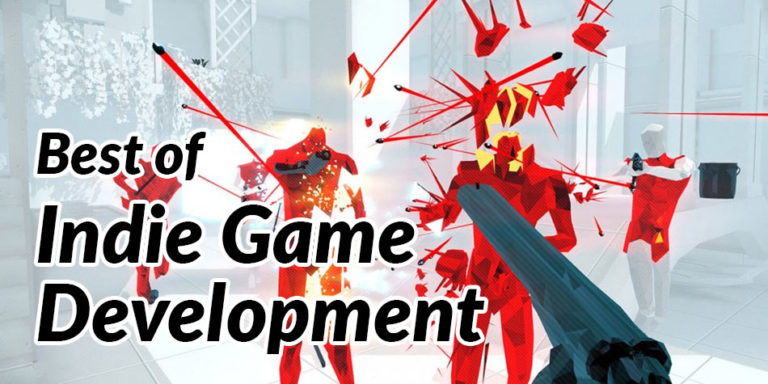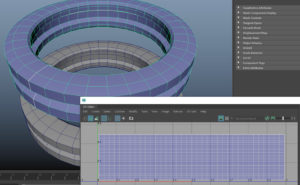Looking to get started in indie game development? Here are the basic skills you need to know, the hidden pitfalls, and some of the best indie games to study for inspiration!
Games that took the world by storm in 2022
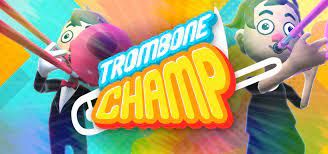
There were several successful indie games that pushed the boundaries in 2022. Among many other games, indie golfing roguelike Cursed to Golf follows a cursed golf player as they try to play their way out of purgatory: it has some gorgeous pixel art and is super fun. Trombone Champ is a silly and fun game that went viral. Stray puts the players in the shoes (or rather, paws) of a cat. And Cult of the Lamb has a cutesy vibe to offset dark themes.
As you can see, there’s a huge variety of games for indie developers to draw inspiration from and plenty of scope for new game developers with big ideas.
The most anticipated indie games of 2023
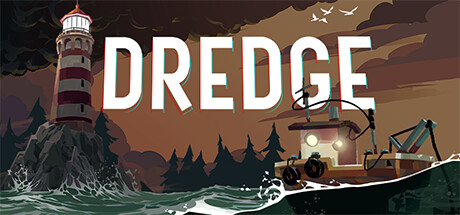
There are several games to keep an eye on this year. Dredge is an Eldritch horror game about fishing. Hollow Knight: Silksong has been longed for by fans for a long time, and will, fingers crossed, be appearing sometime in 2023. Oxenfree II: Lost Signal will hopefully land sometime this year, and Sea of Stars is a turn-based RPG with beautiful pixel art.
How game development has changed over the years
Game development has changed drastically over the years. Even in the past 10-15 years, the landscape has shifted completely. Mobile gaming has exploded in popularity, and it’s easier than ever to create games from home.
What to expect from Indie game developers in the future
The future of indie games is certainly bright. Indie developers may have access to more powerful tools. The market will almost certainly become more crowded, which may make it harder to gain traction and financial support. Hopefully, more support and guidance will emerge for budding developers, too!
Indie Game Definition
An indie game (or independent game) is usually made with a small team and sometimes with a small budget. Indie games don’t have the backing of large game publishers like major studios, which means they have less financial support but more creative freedom. The experience of an independent game developer can be quite different to that of mainstream developers.
The hidden costs of indie game development
There are a lot of hidden costs when it comes to indie game development. These include:
- A living wage. Even if you plan to make a game completely alone, you’ll need to be able to pay for your own time.
- Admin. There’s a lot of admin costs indie developers may not have thought of, including accounting, insurance, paying for a HR team (if applicable), and more.
- Marketing. It’s difficult to market a game in a saturated market, and being able to pay for advertising will be useful.
- Localisation. You can’t rely on Google Translate, so you’ll need to pay translators to help.
Admin costs can include:
- Web-based tools. If you want to build a website, you’ll need to pay for that. If you want to use Grammarly for your game writing, you may want to pay for the Pro version. If you use software like Trello to organise your work, you may need to go onto a paid plan. It’s these little costs that can mount up!
- HR. If you hire others to work with you, you will probably need a HR team at some point. You can hire an external HR business consultant to deal with any issues that crop up, which means you won’t need to hire a full-time HR team.
- Accounting. It’s very important to stay on top of your accounting. Whether you choose to hire an external accountant, bring a full-time accountant on board, or manage it yourself using accounting software, there will be costs involved in this somewhere along the line (along with having to pay taxes, of course!)
Indie Example: Superhot

A good example of a successful indie game is Superhot. On the surface, it looks like a regular FPS: except the player is frozen in time. Time will only move with the players’ movement, so essentially, they move in slow motion, choreographing a series of movements to defeat several enemies at a time.
It’s a fun game with a strong aesthetic (the red/white/black colour palette is instantly recognisable). It was made by the Superhot team, a small group of programmers, designers, artists, and producers. This tight-knit team began at a 7-day FPS game jam, and the game developed from there. Superhot got funding from Kickstarter – incredibly, it reached its funding goal within 24 hours!
Most indie devs have team members; here’s why you should too
Making a game is incredibly hard. Even with the most simple, stripped-back graphical style, there’s still so much to think about. To make a game, an indie developer will need to take on:
- Research and planning
- Programming
- Writing/plotting (depending on the type of game they want to make)
- Creating concept art
- Creating 2D or 3D graphics
- Marketing and finding sources of funding
- QA testing
It’s unlikely that one person will be able to take all this on (although not unheard of – the indie developer Eric Barone, for example, worked on Stardew Valley for years, and he alone took care of the design, programming, animation, art, music, and writing. Quite a feat!).
Having a team will allow you to focus on your strengths, and finding the right people can bring new elements to your game that you may not have been able to achieve alone.
Indie Example: Night in the Woods

Night in the Woods is an adventure game by developers Infinite Fall and Secret Lab. Published by Finji, it’s a sweet and popular game with an excellent story and interesting, fun characters. This game was funded completely by Kickstarter. Not only did it reach its funding goal, it actually exceeded it, eventually gaining 400% of it’s original funding goal!
Indie game development is full of ups and downs… financially and mentally
Financially, it’s difficult to truly estimate how much it costs to make a game for indie developers. Even if you overestimate the potential costs, you may still be caught out by hidden costs or unexpected pitfalls. For example, if you find that you get stuck at a certain stage in the development process, you may realise that you have to bring another person on board, which obviously involves financial investment.
However, it’s just as important to consider your mental health too in your game development journey. Making a game, especially if you’re doing it alone, can be very intense. It’s not uncommon for indie developers to experience periods of anxiety and depression.
It’s easy to see how this can happen: the pressure of creating a game, especially if you’re being funded by eager Kickstarter backers, can be a huge obstacle for most indie developers to overcome. The organization Take This was founded to help support mental health within the games industry, both for gamers and those working within the industry itself. It’s a great resource for game developers going through a tough time.
Programming languages for indie game designers
If you’d love to make your own games, it’s useful to learn certain programming languages for game development. For example:
- C++ – this is an incredibly important programming language to learn. It’s used in Microsoft Windows games, as well as most consoles. It’s a flexible language to learn, allowing you to move and reuse assets. It’s harder than Python, but will give you more options in the long run.
- Javascript – this is a must-learn language if you plan to create web browser games. It runs on mobile devices and web browsers.
- C# – this is a little easier to learn than C++, and it’s a good one for new developers to dig into. It is the default language used by Unity 3D, which is one of the most popular game engines used by developers across the world.
- Python – total beginners should consider starting with Python. Of all the programming languages, it’s the easier to understand. While it’s not used by many game developers, it will provide those new to coding with a jumping-off point into more difficult languages.
- Java – different than Javascript, Java is used in programming. If you need to build a website with interactive elements, for example, you can do so using JavaScript. You can create web browser games using Java.
Choose to build 2D or 3D games depending on your strengths
Whether you go for 2D or 3D graphics really depends on your own strengths. Indie game development is difficult, so using the skills you have already will make things easier. For example, if you love pixel art, you’ll find it easier going for 2D, rather than trying to learn 3D art from scratch.
Go to YouTube to learn from the pros – they produce some impressively high-quality tutorials
There are some amazing free tutorials out there for new game developers! To get you started:
- Making Your First Indie Game – 5 Tips by Thomas Brush
- How to Learn Unity – Indie Game Development – by Matthew Palaje
- 5 Steps to Gorgeous Game Art – Thomas Brush
- How to Become a Game Designer – Game Maker’s Toolkit
- Game Asset Beginner Tutorial – Blender to Unity (Introduction) – LMHPOLY
- Beginner Pixel Art Tutorial – A Complete Guide – Alvin Roe
Pro — Expanding Your Skill Set
If you are largely self-taught in game development, it can be difficult to know how to expand your skill set. A few skills that are worth learning include:
- Unity – there’s a huge demand for game devs that can work with Unity, and it’s a useful cross-platform engine to learn
- Blender – learning to use Blender can help if you want to develop your 3D/animation skills and create your own assets.
- Marketing – learning more about marketing games will give you a huge advantage
Can I study to become an indie game developer?
You may also consider taking a course to improve game development skills. There are many courses that you can complete online, which allow you to gain qualifications while studying from home.
Team Composition To Create Indie Games
Broadly speaking, you will need to fill the following roles in a development team:
- Designer – this involves developing a game design document, which will outline the basic idea of the game and help everyone to stay on track, and can involve creating art, writing, and programming.
- Programmer – of course, you’ll need a programmer for independent game development! As well as coding, they may have to take care of beta testing and debugging (unless you hire someone specifically for this).
- Sound Designer – an incredibly important role, the sound designer will take care of the music composition and sound effects. The sound is a huge part of creating atmosphere in a game, so finding a good sound designer is well worth the time and effort!
- Artist – a good artist can make or break your game. They’ll take care of the visuals, including creating sprites, backgrounds, animations, and so on. You may need more than one artist on your team.
- Tester – a tester will look closely at the game, making sure that it works and that there are no unexpected bugs! This will prevent you (hopefully) from releasing a poor quality game.
- Project Manager – a project manager will hold everything together! They’ll take care of setting goals, checking in with team members, and making sure everything is going smoothly.
- Producer – the producer will take care of the business side of game development. Indie games can’t be made without development money, and part of their job is to find that funding, take care of marketing and so on.
- Writer – a writer will help to shape the narrative, write dialogue, and help to flesh out the setting. Again, this is a vital job and you may need to bring in someone qualified to write convincing dialogue.
Some of these roles may merge into one. For example, someone may take on the role of project manager alongside their other roles.
Game Designer
So, what does it actually take to be a game designer?
Many game designers decide to take on a degree in game design, which will give them a good grounding of the basic knowledge they’ll need to create a game. It may be useful, if possible, to gain experience in another game studio before trying to create your own game.
How can you more precisely assess development duration and costs?
It’s difficult to assess how long a game will take: it depends on the complexity of the game and how much free time you have to spare, as well as how many fellow developers you’ll have on your team.
Typically, an indie game can take anywhere between 2-5 years to make. To give you some example, Cuphead took 5 years to make (for the base game), and Stardew Valley took 4 years to make. Undertale, meanwhile, took 3 years altogether.
Indie games vary in their development time. You can work it out by breaking down each stage of development: how much time will you allow for script writing? For planning and pitching for funding? Ceating 2D or 3D assets? For coding? Sound design? Writing it down may help. Obviously, if you’re hiring others, you can be working on several stages at once.
In terms of costs, think of every single expense, big and small. Write them all down (and don’t forget to include your own wages). Add to that another 20% for unexpected costs. That should give you a rough idea of how much it will cost, although it may increase if your game becomes more complex.
Pros and Cons of Indie Game Design
Still considering whether to become an indie game designer? Here are some pros and cons to making games on a smaller budget:
Pros
- Freedom! If you have an idea, you can explore it without worrying about having to gain approval from managers.
- Time. You can spend more time on your game if you feel it needs it without the pressure of a time crunch during the development process.
- Learning new skills. You can use indie development to gain all kinds of new skills, from programming to soft skills, like learning to manage people.
- Meeting new people. You may meet a range of new people on your journey and may even make some new friends for life.
Cons
- Money. It can be difficult to find funding for indie games.
- Support. You will lack support from a wider team.
- Pressure. Having a small team working on a game creates more pressure for team members as they will have a lot of responsibility.
Indie Example: Way to the Woods
Another great example of an indie game is Way to the Woods, the story of a deer and a fawn on a difficult journey. It’s a linear game, created by indie developer Antony Tan, and will be released early 2023. It will be an interesting example of a game developed by a super small team!
Most Profitable Genres For Indie Games
Of course, trends change in the gaming industry. However, popular indie game genres on Steam include roguelikes, building, and survival games. You can read more about this on the How to Market a Game blog.
Marketing Matters – How to Make an Indie Game Successful
There are a few things you need to know about marketing an indie game to make it a financial success:
- Market research. You need to get to know the video game market before you make your game. Research the kind of games that players actually want to play!
- Build hype. Don’t be afraid to show your players your progress. A good example of this is the game Bear and Breakfast – the developers set up a Twitter account for one of the characters, which grew pretty popular and allowed the devs to communicate with potential future players.
- Reach out to influencers. Gaming influencers are a valuable resource and may be able to help promote your game if it’s the kind of game that suits their content. Don’t just send out a blanket email though: research influencers and learn more about them before approaching them.
- Create a community. Consider making a Discord server, for example, to communicate with future players. You can give them an insight into the development process, and this will build excitement and allow you to connect with your players.
- Run social media campaigns. Twitter and TikTok are particularly good platforms for a small game.
Top 5 Most Interesting Indie Games 2020
Looking for more inspiration? Here are the top 10 most interesting indie games of 2020:
- Spiritfarer. A stunning game about life, death, and grief, it follows Stella, a captain of a mysterious boat, travelling around the world to grant the wishes of spirits before they move on.
- Hades. How can we forget Hades? A hugely popular roguelike by Supergiant Games, Hades is known for its distinctive art style, interesting story, and compelling gameplay.
- Pendragon. Developed and published by inkle, Pendragon is a turn-based strategy game with an interesting narrative.
- Ooblets. Ooblets combines elements of Pokemon and Stardew Valley to create a sweet, quirky game about collecting creatures to send them into dance battles.
- Umurangi Generation. This is a first-person photography game, and you will unlock lenses and better equipment by photographing what you see.
Hopefully, this has helped you to get started on your journey in indie video games! Making your first game as an indie dev may feel daunting, but there’s a lot of support in the gaming world, so don’t be afraid to reach out for help.
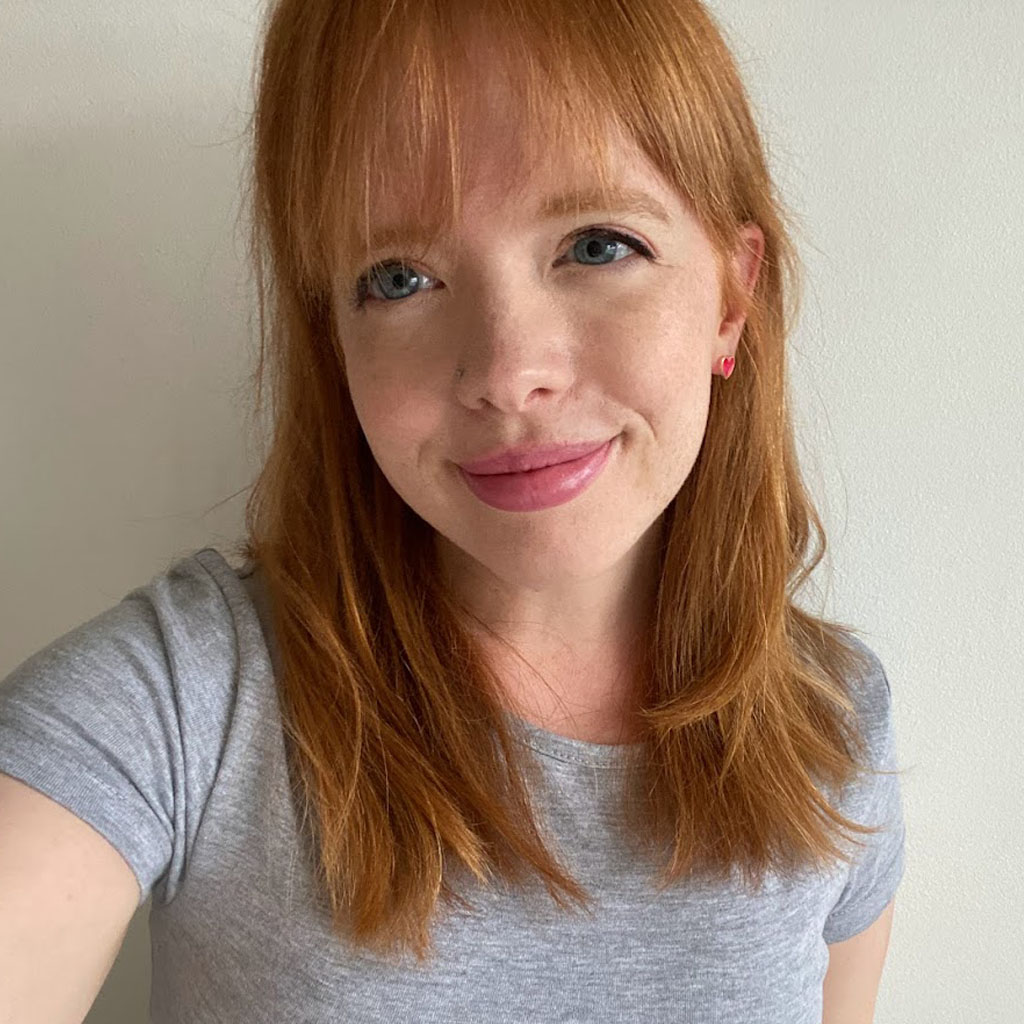
Megan is a freelance writer based in Somerset, England. She writes about videogames, books, and pop culture.
